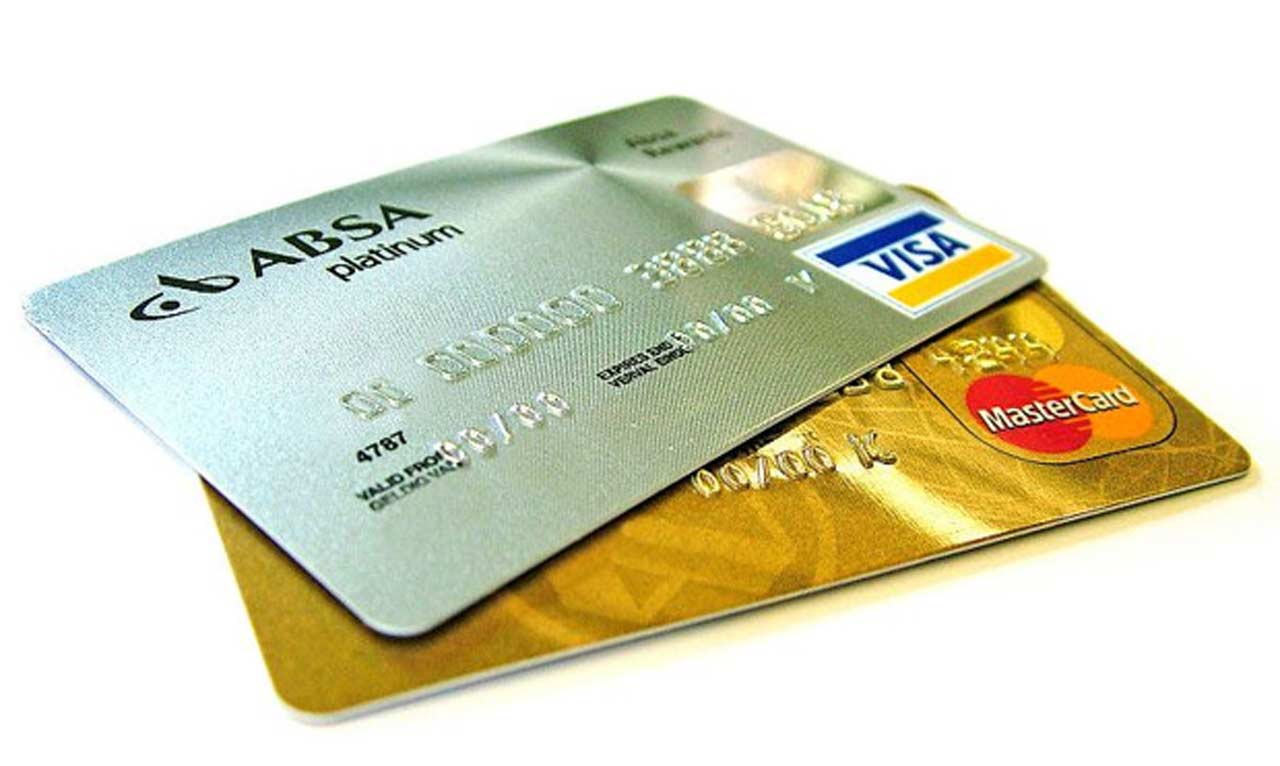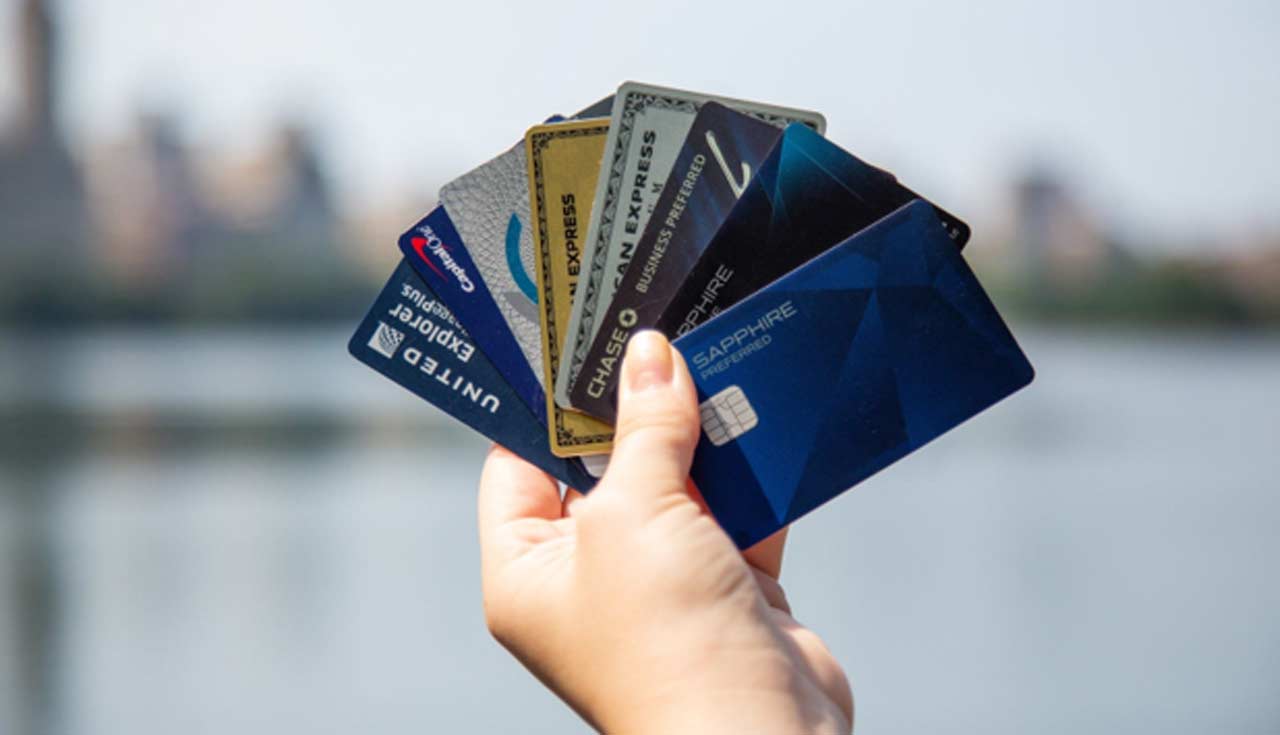Low-interest credit cards can provide substantial savings compared to standard loan cards, but you need to choose and manage them strategically. This write-up explores the essentials of maximizing value from these cards.
In this article, we will examine the benefits of low-interest cards, how to select the right one for your needs, and some tips for managing the account to maximize savings. With mindful use, a low-interest card can be a valuable financial tool.
Benefits of a Low-Interest Payment Card
Low-interest cards can provide many benefits to consumers looking to make large purchases, consolidate debt, or simply avoid paying excessive interest fees.
Saves Money
A primary benefit of low-interest cards is that they can save you significant amounts of money on interest charges. By keeping your interest rate low, more of your payments go toward paying down your actual balance rather than interest fees. This helps you pay off any balances faster and reduces the total amount you end up paying on purchases over time.
Specifically, these plastics tend to have APRs around 10-15%, compared to rates of 15-25% on typical ones. This difference of even 5 percentage points can add up to hundreds of dollars in savings per year for larger balances. Say, for example, you have a $5,000 balance, at 15% APR, you would accrue $750 in interest in one year. But at 10% APR, you would only accrue $500 in interest – saving you $250.
More Flexible Repayment Options
Another key benefit of low-interest cards is that they are more flexible in how you repay balances. Most low-interest cards offer a 0% introductory APR on purchases and balance transfers for 12-18 months. This period gives you over a year to pay off balances interest-free, letting you save on fees.
These cards also tend to have lower penalties for late payments than other cards. This can help avoid expensive late fees if you miss a payment. Additionally, many low-interest cards offer zero penalty for skipping a monthly payment (although interest will still accrue). This flexibility can be useful if you need to redirect cash flow in a given month.
An Opportunity to Build Credit
Getting approved for the card provides an opportunity to build your credit profile over time. Making on-time monthly payments shows lenders you can responsibly manage loans extended to you. This builds your credit score, allowing you to qualify for better rates on loans and other loan products in the future.
Making consistent on-time payments on a payment card demonstrates two valuable factors: a positive payment history and length of credit history. Payment history makes up a significant portion of your score, while length of credit is also important. After a year or more of on-time payments, you can request a loan increase to show you can manage higher limits.
How to Choose the Right Card
With many low-interest cards on the market, it’s important to choose one that aligns with your needs and financial situation. To know more about the various types of payment cards available, a cursory visit to websites such as www.kredittkortinfo.no/lav-rente for instance, will suffice. In this section, we will look at key factors to consider such that when they are carefully evaluated will help you select the ideal card for your situation.
Consider Your Credit Score
One of the most important factors in choosing a debit card is your current credit score. Your score largely determines which cards you will qualify for and the interest rates you will be offered. Those with excellent credit (scores above 720) will qualify for the lowest rates, while those less than 670 may only qualify for higher-rate subprime cards.
Check your financial reports from all three bureaus and get your FICO score. This will give you an accurate picture of your credit health and where you stand in terms of qualifying for competitive interest rates. If your score needs work, focus on credit repair for 6-12 months before applying to maximize your chances of approval for the best low-rate card.
Evaluate Your Planned Usage
How you plan to use the card should also inform your choice. If you’ll be making a large purchase or consolidating debt, look for the longest 0% intro APR period on purchases and transfers. Also, consider balance transfer fees. For everyday use, focus on the ongoing purchase rate after the intro period ends.
Also, think about what rewards or cash-back offers appeal to you. Compare sign-up bonuses and ongoing earning rates on categories you typically spend on most. Just don’t let attractive rewards overshadow the cost of high interest rates. Do the math to determine the best overall value based on your spending.
Understand All Fees
Be sure to evaluate the full fee structure of any low-interest card you are considering. Beyond the interest rate, look at:
- Annual fee: Does it waive for the first year? Can it be offset by rewards earnings?
- Balance transfer fee: What’s the one-time fee to move debt from another card?
- Cash advance fee: What’s the fee if you need to withdraw cash?
- Foreign transaction fee: Is there a fee for international purchases?
- Penalty fees: How much are fees for late payment or going over your limit?
Minimizing fees is especially important for maximizing savings with a low-interest card. Do the math to see how fees could diminish value and find cards with fee structures that best fit your needs.
Tips for Managing Low-Interest Cards
Debit cards offer significant savings, but strategic management is key to maximizing their value. We shall examine the essential tips and best practices which when followed will help to fully leverage its benefits over time.
Make Payments on Time
One of the most vital parts of managing your payment card is making your minimum monthly payments on time. Payment history is the biggest factor in determining your credit score. Late payments will incur penalties, and interest charges which can quickly diminish the value of your card.
Set payment due date reminders and calendar alerts to avoid missed payments. Automate payments through your bank if possible. If you may be late, call the issuer ahead of time – they can sometimes waive late fees. Consistent on-time payments will maintain your credit health.
Stay Below Your Credit Limit
You’ll also want to keep your balance below your approved loan limit at all times. Maxing out cards close to your limit will hurt your credit utilization ratio – a key metric for your score.
Aim to only use 30% or less of your available credit at any given time to avoid issues. If you need to make a large purchase that takes you over 30%, pay off the balance quickly. Staying well below your limit ensures your credit profile remains strong.
Take Advantage of Rewards and Savings
Be sure to make the most of promotional offers, rewards programs, and cardholder benefits offered by your discounted payment card. Sign-up bonuses, 0% intro APR periods, cash back, and other perks provide significant opportunities to maximize savings. To get more information on how to take advantage of the rewards system in credit cards read this article.
Track key dates – like when intro rates expire – and understand redemption terms to fully utilize available deals and programs. Factor rewards earnings into your card usage strategy. Savings from promotions and rewards can offset costs like annual fees.
Conclusion
Low-interest credit cards offer benefits like interest savings, flexible repayment, and credit building. When used responsibly, they can improve financial positioning. Choose the right card based on your credit score, usage, fees, and promotional terms. Ensure you regularly check terms and follow best practices.










